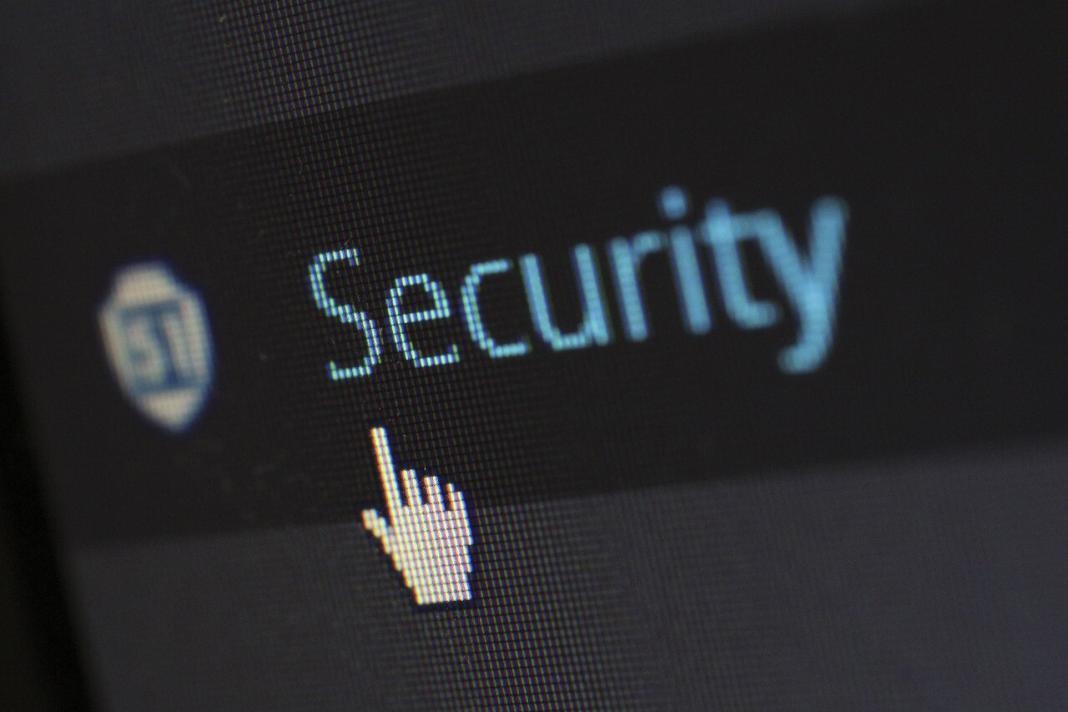There’s no doubt that the security industry is undergoing some sizable transformations. Novel and highly innovative advanced technologies continue to emerge, broadening the scope of security systems across the board.
With the new norm encompassing hybrid working models, the security industry has had its work cut out even further. A zero-trust approach is a dominant trend in managing security measures in the commercial sector. Touchless tech solutions, visitor management systems, and other physical security approaches are changing how commercial premises operate. Additionally, in such an increasingly digitized world, many aspects of cyber security and system convergence are changing the security landscape from a remote perspective.
Here are the top trends to know as a freelancer in the security industry.
Zero Trust
The internet is fast becoming a superhighway for all things security just as much as anything else, resulting in the need for risk mitigation at every turn. As more and more security-related devices hook up to the internet, cybersecurity is becoming a colossal challenge for businesses.
According to the FBI, the incidence of cybercrime attacks has soared by 300% since the onset of the pandemic. Additionally, with several notable ransomware attacks occurring in 2021, the consensus is clear – online, and network security systems are being increasingly targeted. Businesses across all industries must take every precaution to protect themselves from a security breach.
John Kindervag introduced the concept of taking a ‘Zero Trust’ approach in 2010 as a general approach to organization security. However, it’s taken on a new level of importance in the current online security climate. Zero Trust works on the simple, blanket approach of ‘Never Trust, Always Verify.’ The focus of this initiative was initially on the cyber sector. Still, now that tech intelligence is bringing about so much system convergence between physical and cyber securities, it is fast becoming the cornerstone of all security strategies.
System convergence
Security system convergence allows your security systems to connect and share data to strengthen the comprehensive security strategy – across everything from turnstile door systems to cyber systems.
The days of running separate security systems and strategies quickly become a distant memory. When data and security-related information is distributed in isolated systems and/or security teams, huge barriers exist to achieving effective collaboration, information sharing, and holistic security measures.
System convergence, especially between physical and cyber securities, is now at the forefront of redefining security architecture for businesses. The trend towards converging systems such as access control, video security, alarms, emergency management, and more is rapidly gaining traction. In addition, non-security elements, such as those systems that manage human resources, inventory, and other logistics, are converging. These new unified systems create hyper-productive management platforms, allowing for significantly heightened efficiency and management support through optimized data analysis.
Contactless biometrics
Biometrics was already in use before the pandemic hit, but since then, its adoption has increased dramatically. When combined with cloud-based security systems, biometrics takes on a new level of relevance in the secure authentication space. When securing commercial premises, biometric technology enables significantly heightened physical access protection when used in conjunction with elements like turnstile gates, as well as the protection of data privacy.
Encrypted vital fobs and mobile app authentications are still at the forefront of security systems because pairing them with other intelligent systems makes for highly sophisticated systems. Nevertheless, the biometric era is creeping closer, and the access control sector is featuring more and more biometric authentication solutions – such as facial recognition and fingerprint reading – all the time.
Artificial Intelligence (AI)
Artificial Intelligence (AI) is another of the fundamental tech advancements at the forefront of the security industry’s evolution. According to a data breach report published by IBM, firms that suffered a data breach in 2020 and had AI technologies fully deployed across their security architecture saved an average of almost $3.6 million.
The volume of cybersecurity threats that are now faced by businesses is simply becoming far too much for humans to handle without intelligent technologies. Consequently, firms increasingly turn to AI solutions (such as machine learning) to bolster their security posturing. Companies across many industries leverage machine learning to detect threats and anomalies across their systems.
IoT, in combination with AI
As more and more security-related devices hook up to the internet, it is no surprise that the security sector is becoming an increasingly relevant aspect of the IoT (Internet of Things) space. The boundaries of the traditional security industry model have been expanding for some years now and have far outgrown the constructs of physical security as a sole concern. With AI technologies enabling devices to connect and create intelligent systems, the security sector and the IoT are a dynamic pairing driving many of the latest security solutions. Combining AI and IoT makes automation of operational workflows and the digital transformation of various industries possible, which in turn impacts the security landscape.
Cloud-based solutions
Cloud-based solutions are not a new security industry trend, yet it continues to expand and remain at the forefront of significant changes. More and more businesses are leveraging cloud-based solutions to address security challenges. Plus, the pandemic has driven us all to move further toward cloud-based operations.
Progressive businesses need platforms that deliver simple and effective solutions, and cloud-based tech infrastructure is the obvious choice. Without relying on local software and servers, management can review the real-time status of their business operations instantly and remotely. Cloud-based security solutions allow for more efficient emergency responses, sharing vital data between security teams, management, and, where necessary, first responders. Remote management allows viewing and managing security dashboards and control centers from a mobile phone, tablet, or laptop at any time, anywhere (as long as internet access is available).
Sophisticated imaging technology
Video security systems are only as effective as their image quality is high. For a video security camera to provide optimal security information, the images gleaned must be clear and relatively unaffected by complications such as inclement weather or darkness.
There is an increasingly high demand for cameras that offer low-light imaging tech capable of rendering full-color, high-definition images 24/7, whatever the weather. Impressive camera technologies are meeting these needs with various high-performance imaging tech solutions.
Sustainability
Sustainability is far beyond the buzzword of the moment; end-user demand for sustainably operated business practices is driving its focus to a new level. Consumers want to see that businesses are committed to lowering their carbon emissions, and solutions such as multi-application technologies all work towards reducing these industry footprints.
In addition, local laws and regulations are constantly being rewritten to restrict manufacturing carbon emission standards further. In response, industries are consistently working towards more environmentally-friendly operations and workflow practices and adopting more sustainable material options.
The security industry is no exception, with more and more security businesses exploring greener options in their manufacturing processes and energy-efficiency designs. In addition, the trend towards system convergence improves efficiency, which ultimately positively affects sustainable operational practices (such as energy-saving).
Prioritizing health
Similarly to sustainability, the requirement to prioritize health in addition to safety has become far more urgent in the minds of consumers, workers, and managers alike. The pandemic brought about a new responsibility for leaders in the security sector to create technologies that protect the health of consumers, employees, and visitors of commercial premises just as effectively as their general physical safety.
Everything from wellness check-in apps, temperature screening technologies, and touchless access solutions to air quality monitoring has experienced a dramatic adoption as businesses strive to meet new expectations.
Drones
As the security industry continues to seek contactless solutions capable of mitigating a wide range of security risks, drones are beginning to play an increasingly significant role. It is estimated that an increasing amount of firms will adopt AI-integrated drone security solutions as part of their security strategy – according to Business Insider, the drone market is expected to exceed $62 billion by 2026.
Experts attribute much of this enormous growth trajectory to the scope of drone use in managing various dangerous circumstances, such as surveillance, threat detection, emergency response and rescue operations, and more. The U.S. Secret Service announced in 2017 that it intended to deploy drones as part of its overhead monitoring security practices, signaling that broader adoption of drones in the security industry was inevitable.
Final thoughts
In recent years, the changes to the security landscape have been enormous and continue to evolve as new technologies emerge. Ultimately, system convergence, cloud-based solutions, and AI lead the charge, forever transforming how security is approached and managed.
Flexible, intelligent, interoperable solutions will continue to evolve, with a keen emphasis on future-proofing to allow for the uptake of continued technological advancements.
You may also want to read,
- Methods for Integrating the Field Solution into a Mobile Application
- Technologies and Developments Shaping the Future of Healthcare







